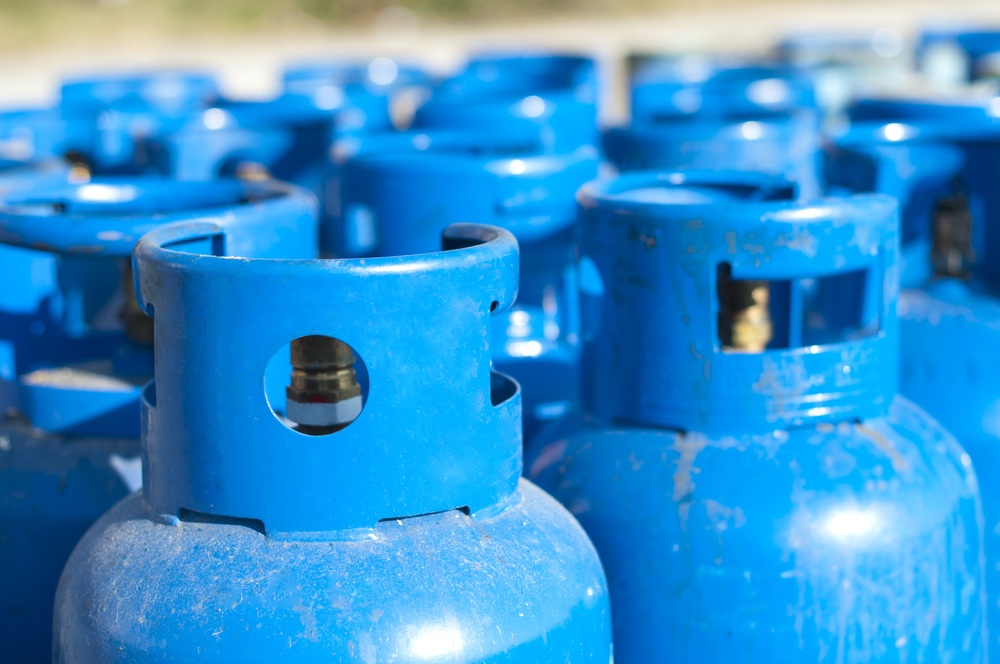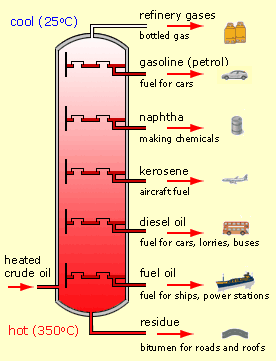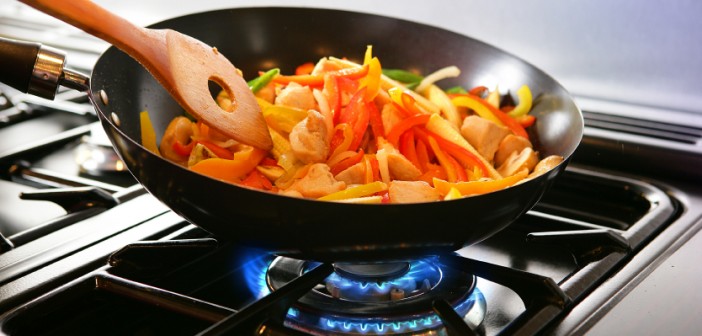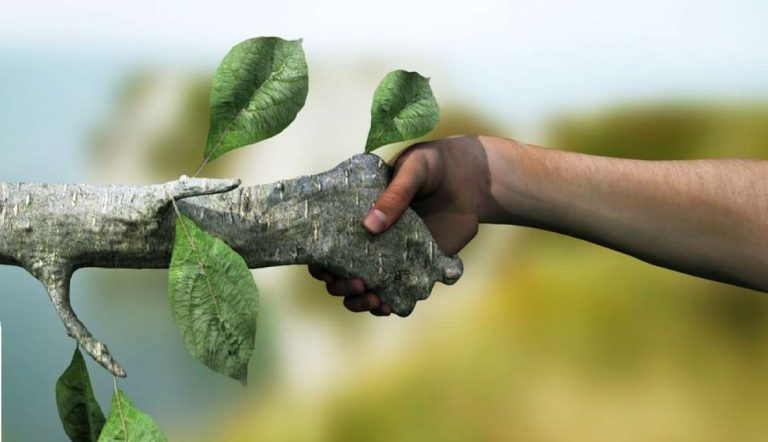
14 Mar LPG: What’s What and How It Works
Made from popular energy source, LPG or Liquefied Petroleum Gas is known to be important for industrial, commercial, agricultural applications. But what is LPG itself and how does it work?
LPG is a mixture of gaseous hydrocarbons which is produced from natural gas, oil extraction and refining. They are used to heat industrial plants and residential buildings with no pipeline gas.

Commonly used as a fuel in indoor and outdoor gas appliances such as cooking stoves and even exotic machinery. Certain continents such as Europe uses them for alternative fuel.
The process includes drilling of wells, refining, transport, storage, vaporization, regulators and gas appliances. LPG can be compressed into liquid at a relatively low pressure. It will then turn back into gas vapor when the pressure is released by turning on your gas fuel application.
How does LPG work?

LPG works when the gas is ignited and provides energy for your machine. A few examples where we use LPG at home are on stoves, ovens and gas heaters.
As you turn on the gas appliances, the gas flows to the appliance via the regulator.
The gas goes to the burner and would automatically ignite or would need manual ignition.
The burner will provide heat once it is ignited then will help operate your appliance or machine.

Not like other hydrocarbons, LPG burns completely as it leaves no waste and it emits less pollutants into the environment.
Overall, Liquified Petroleum Gas is very easy and simple as a consumer uses it. It is easy to transport, a reliable form of energy, is very efficient, and a lot cleaner than other energy resources. You will see that LPG is more environment friendly than other sources of energy.
Our team here in the Philippines consists of experienced LPG specialists and technicians that will help you with your needs such as installation, repairs and many more. For inquiries and other concerns, contact us today for we can help you with your LPG needs!
